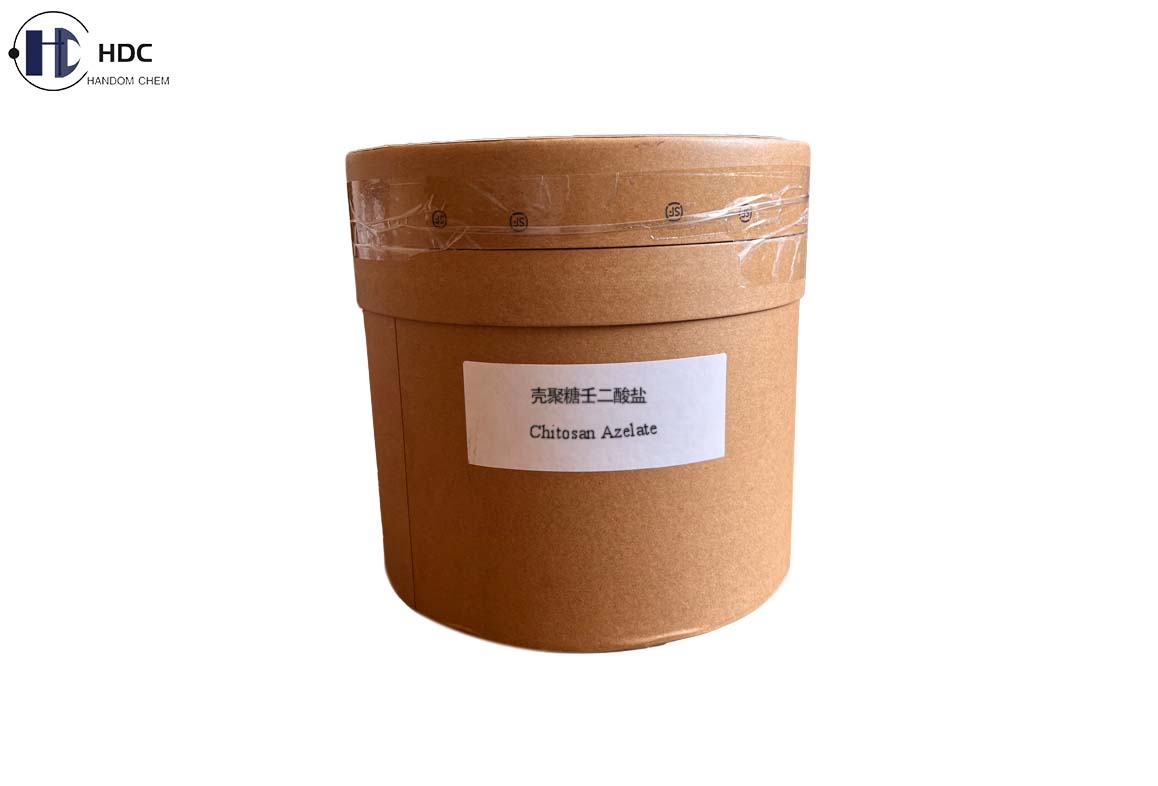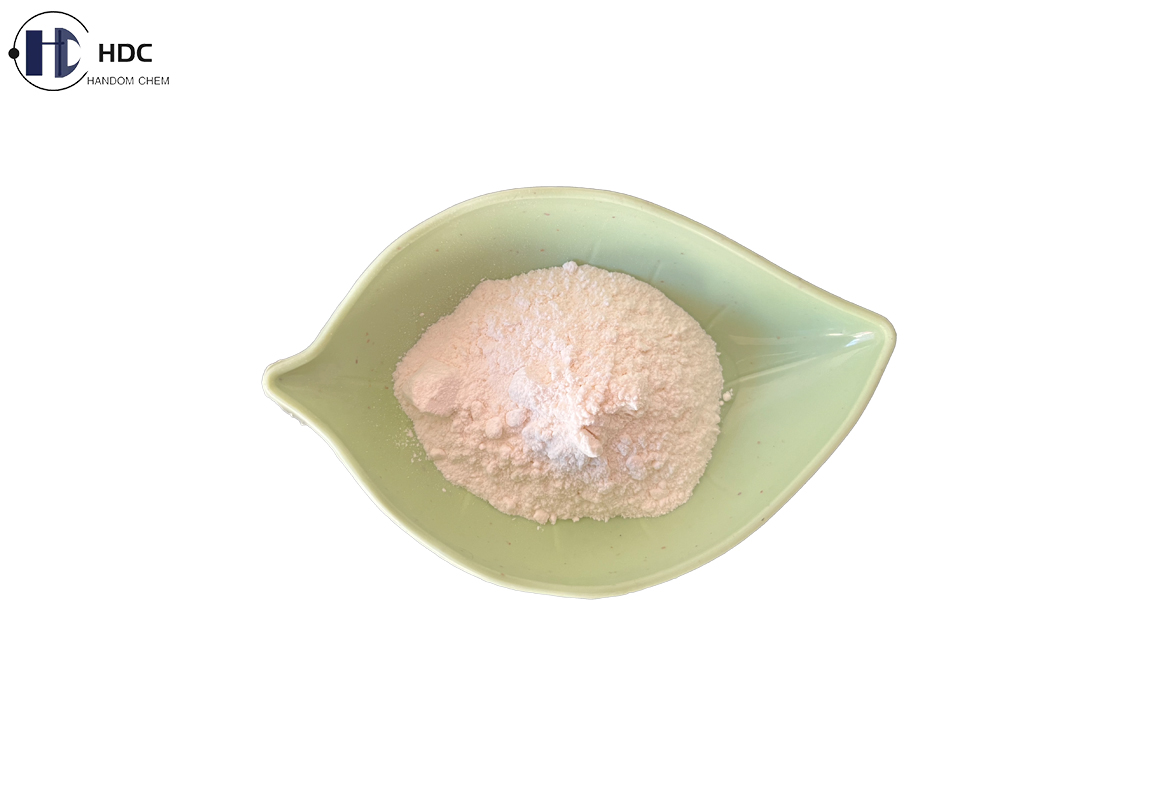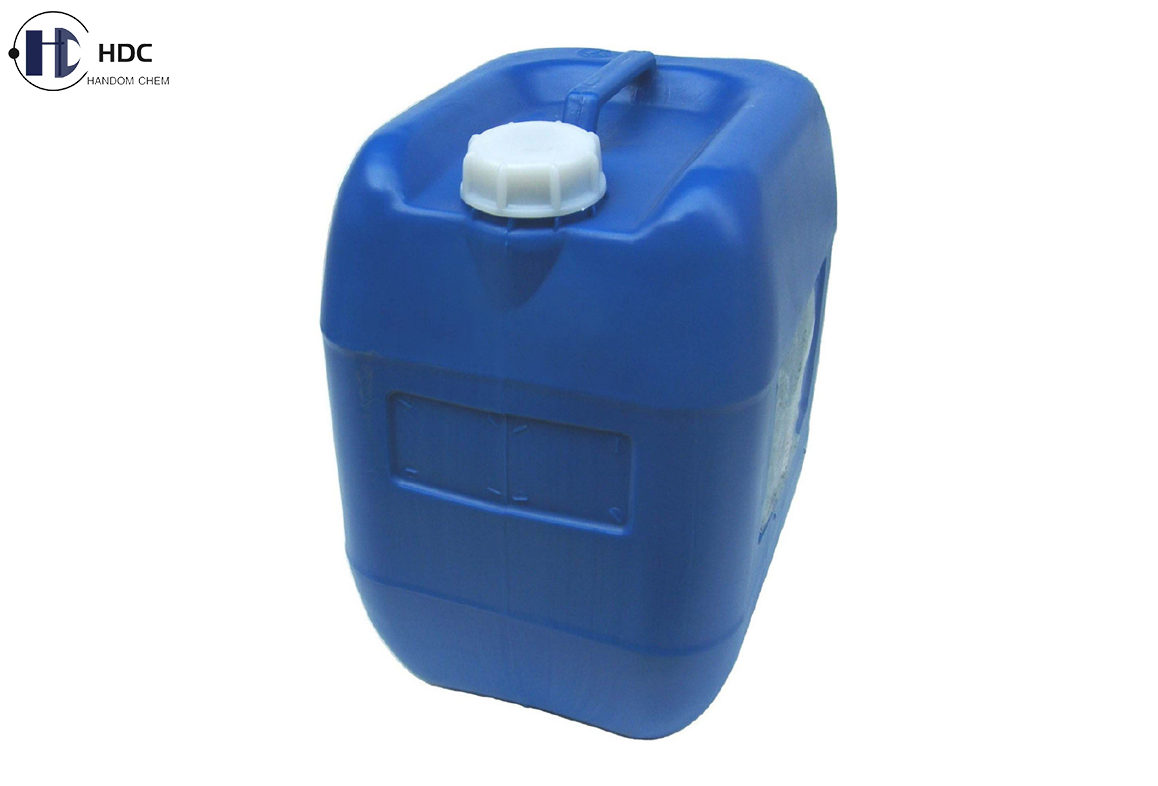
PRODUCTS
Soy lecithin liquid is a natural lecithin mixture e……

Soybean lecithin powder, also called soya lecithin ……

Product Name: Chitosan AzelateGrade: Cosmetic Grade……

Commodity Name: IscotrizinolChemical Name: Diethylh……

Product Name: L-lactic acid
Alias: L(+)-Lactic acid; SARCOLACTIC ACID; (S)-(+)-LACTIC ACID; 2-HYDROXYPROPIONIC ACID; L(+)-Lactic acid solution; L-2-HYDROXYPROPIONIC ACID; (S)-2-HYDROXYPROPIONIC ACID; L-(+)-2-HYDROXYPROPANOIC ACID; (S)-(+)-2-Hydroxypropanoic acid
CAS No.: 79-33-4
EINECS No.: 201-196-2
Molecular Formula: C3H6O3
Molecular Weight: 90.08

Brief Introduction:
Lactic acid is a carboxylic acid with the chemical formula C3H6O3. It contains a hydroxyl group and is an alpha-hydroxy acid (AHA). In aqueous solution, its carboxyl group releases a proton to produce lactate ion CH3CH(OH)COO−.
It is colorless clear or slightly yellow viscous liquid; almost odorless and slightly sour in taste.
Specifications of our Food Grade L(+)-Lactic Acid:
| Colour |
Colourless to light yellow |
| State |
Transparent liquid |
| Smell |
No irritation, no odour |
| Content |
Not less than 80.0% |
|
Sterochemical purity (L-isomer) |
Not less than 97.0% |
|
Chroma(Fresh solution ) |
70APHA ~ 100APHA |
|
Chloride |
Not more than 20 ppm |
| Sulphate |
Not more than 50 ppm |
|
Iron |
Not more than 10 ppm |
|
Cyanide |
Not more than 1 ppm |
|
Citric, oxalic, phosphoric and tartaric acid |
Both before and after heating, any opalescence in the solution is not more intensethan that in a mixture of 1mL of water R and 5mL of solution S. |
|
Reducing sugars |
No red or greenish precipitate is formed |
|
Sulphated ash |
Not more than 0.1% |
|
Lead(Pb) |
Not more than 2.0 ppm |
|
Arsenic(As) |
Not more than 1.0 ppm |
Uses of Lactic Acid in the Food Industry:
1. Lactic acid has a strong antiseptic and preservation effect and can be used in fruit wine, beverages, meat, food, pastry making, pickling of vegetables (olives, cucumbers, pearl onions), canning processing, grain processing, and fruit storage; it has the functions of adjusting pH value, antibacterial, extending shelf life, seasoning, maintaining food color, and improving product quality;
2. In terms of condiments, the unique sour taste of lactic acid can increase the deliciousness of food. Adding a certain amount of lactic acid to salads, soy sauce, vinegar and other condiments can maintain the stability and safety of microorganisms in the products while making the taste milder;
3. Due to the mild and moderate sourness of lactic acid, it can also be used as the first choice sour agent for carefully prepared soft drinks and fruit juices;
4. When brewing beer, adding an appropriate amount of lactic acid can not only adjust the pH value to promote saccharification, facilitate yeast fermentation, improve beer quality, but also increase beer flavor and extend shelf life. It is also used in liquor, sake and fruit wine to adjust pH, prevent the growth of miscellaneous bacteria, enhance sourness and refreshing taste; buffering lactic acid can be used in hard candies, fruit candies and other candy products, with moderate sourness and low sugar conversion rate;
5. Lactic acid is a naturally fermented acid, so it can give bread a unique taste. As a natural sourness regulator, lactic acid is used for flavoring and antibacterial effects in baked goods such as bread, cakes, and biscuits, it can also improve food quality, maintain color, and extend shelf life.
Packaging:
25kg/Plastic Drum or according to the specific requirements from customers.

Storage Conditions:
Preserved in unopened original containers in a cool dry place before using; kept away from direct sunlight, heat and moisture.
Shelf Life:
24 months if stored under above mentioned conditions.